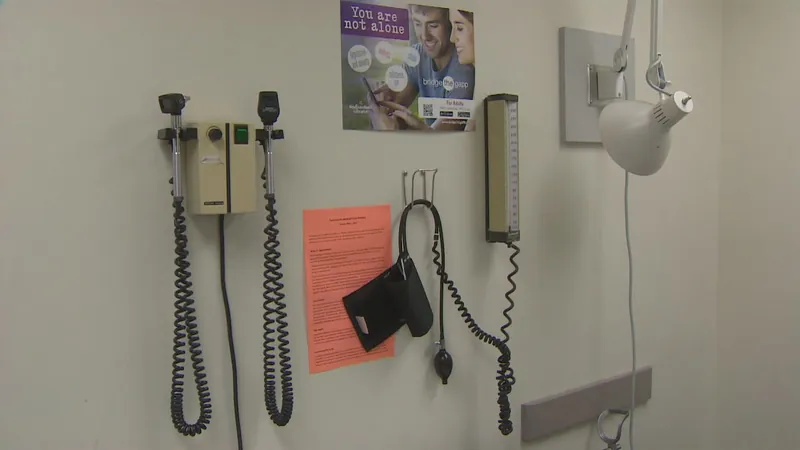
Enhancing Brain Pacemakers: Innovative Nanocomposites Revolutionize Signal Clarity!
2024-12-10
Author: Benjamin
Introduction
In an exciting development from the University of Tabriz in Iran, a team of researchers is on the verge of a breakthrough that could significantly improve the functionality of brain pacemakers—an essential device for many patients. This research was sparked two years ago when a medical professional raised concerns about patients experiencing headaches post-implantation of these devices. This prompted scientists to delve into whether the materials utilized in these pacemakers were contributing to these troubling side effects.
Challenges Faced by Patients
Baraa Chasib Mezher, an Iraqi doctoral student leading the research, explained the challenges faced by patients. "Managing external noise that affects patients is crucial. For instance, individuals with brain pacemakers may suffer interference from electrical fields emitted by phones, traffic noise, and various electromagnetic forces that populate our daily environments. It's essential to innovate biomaterials that effectively manage these electrical signals," she asserted.
Innovation in Materials
In a groundbreaking article recently published in AIP Advances, Mezher and her colleagues from the Nanostructured and Novel Materials Laboratory unveiled their creation of advanced organic materials tailored for brain and heart pacemakers. These materials are essential for ensuring that the devices deliver consistent and uninterrupted signals to function optimally.
Development of Nanocomposites
The team ingeniously developed nanocomposites that exhibit remarkable mechanical properties while simultaneously minimizing noise disturbances. Mezher elaborated, "We are keen on understanding how materials absorb and disperse energy, a crucial aspect of pacemaker efficacy."
Research Methodology
Using a base of polypropylene, researchers incorporated specially formulated Montmorillonite clay and varying ratios of graphene—a powerful, lightweight material known for its superior strength. After rigorous experimentation, they produced five composite materials that were rigorously performance-tested.
Structural Assessments
To fully understand the properties of their innovations, the authors utilized scanning electron microscopy to perform detailed structural assessments of the materials. Their findings highlighted the import of characteristics such as clay and graphene distribution, density, and pore size, all of which play vital roles in sound absorption and signal transmission.
Ongoing Research and Future Directions
As the research heats up, Mezher noted, "Numerous research groups are working to boost pacemaker performance. Our focus is on the material's mechanical, thermal, and other properties to achieve our goals."
Analysis of Signal Integrity
The researchers meticulously measured the signal-to-noise ratio while analyzing how different levels of noise impact material performance. They also explored how variations in material thickness affected the functionality of the pacemakers.
Broader Implications of the Research
"Our ongoing research extends beyond merely discovering biocompatible materials for pacemakers; we are dedicated to enhancing the link between the generated signal source and the implanted electrodes," Mezher added. She also mentioned that the team's innovations could pave the way for improved biomaterials applicable to other medical devices, such as enhancing hearing aid performance.
Conclusion
In sum, this research heralds a new dawn for brain pacemakers. The team's ongoing work promises not only to alleviate patient discomfort but also to revolutionize how pacemakers communicate with the body. As these advancements take shape, they may well transform the future of neuromedical devices altogether. Stay tuned for more updates as we continue to follow this cutting-edge research!









 Brasil (PT)
Brasil (PT)
 Canada (EN)
Canada (EN)
 Chile (ES)
Chile (ES)
 España (ES)
España (ES)
 France (FR)
France (FR)
 Hong Kong (EN)
Hong Kong (EN)
 Italia (IT)
Italia (IT)
 日本 (JA)
日本 (JA)
 Magyarország (HU)
Magyarország (HU)
 Norge (NO)
Norge (NO)
 Polska (PL)
Polska (PL)
 Schweiz (DE)
Schweiz (DE)
 Singapore (EN)
Singapore (EN)
 Sverige (SV)
Sverige (SV)
 Suomi (FI)
Suomi (FI)
 Türkiye (TR)
Türkiye (TR)